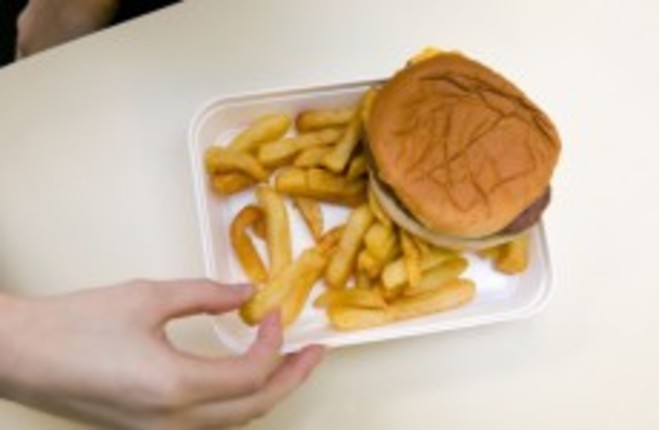FAST-FOOD DINING becomes more common as people begin to earn more money, moving from low to middle incomes, a new study has shown.
The UC Davis health study was carried out by J Paul Leigh and co-author DaeHwan Kim, specialists in health economics.
Leigh is professor of public health sciences at UC Davis and senior author of the study, which is published in Population Health Management.
Leigh commented:
There is a correlation between obesity and lower income, but it cannot be solely attributed to restaurant choice. Fast-food dining is most popular among the middle class, who are less likely to be obese.
Leigh and Kim used data from the 1994 to 1996 Continuing Survey of Food Intakes by Individuals and the accompanying Diet and Health Knowledge Survey, a sample of nearly 5,000 people in the US.
It included data about food consumption patterns, including restaurant visits, over two nonconsecutive days, which was compared with demographic variables such as household income, race, gender, age and education.
Though based on data from the mid-90s, Leigh said the findings would still hold if compared against up-to-date data.
The data showed that as income rose, visits to fast-food restaurants rose – as did eating at sit-down restaurants.
But when people began to earn more than $60,000 per year, they would begin to visit less fast-food restaurants.
Leigh said that fast food restaurants attract middle-class people by locating themselves off freeways in middle-income areas and offering products such as low prices and free toys.
The study also showed that men were more likely than women to go to both types of restaurants (full service and fast food), as were people who worked more hours.
And smokers were found to be more likely to patronise fast-food restaurants than full-service restaurants.
Leigh is to study the effect that food pricing has on people’s food choices, and said that one way to encourage healthier eating could be to charge taxes that increase based on the number of calories in food.
He said proceeds from the taxes could then be used to subsidize and reduce the costs of healthy foods.


